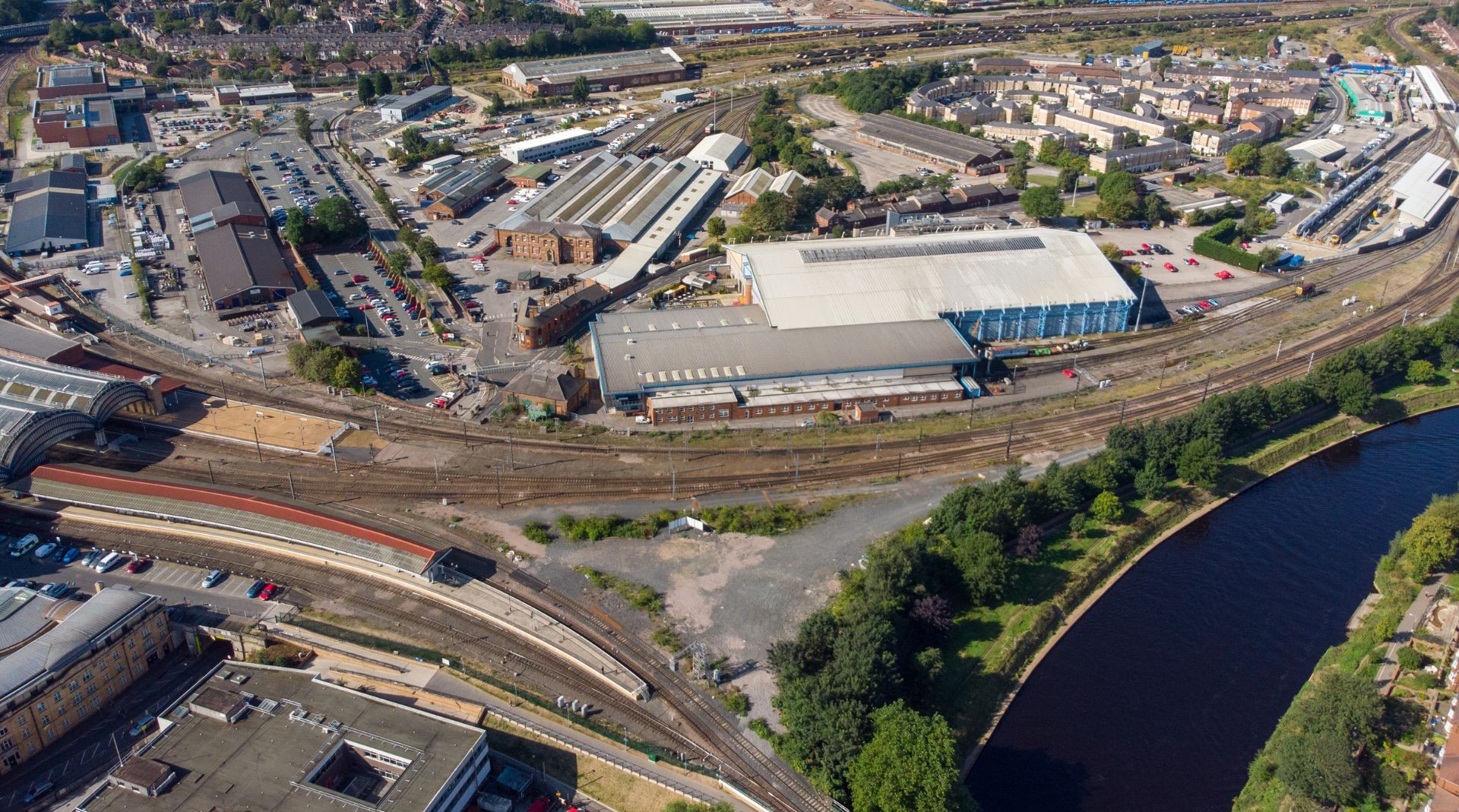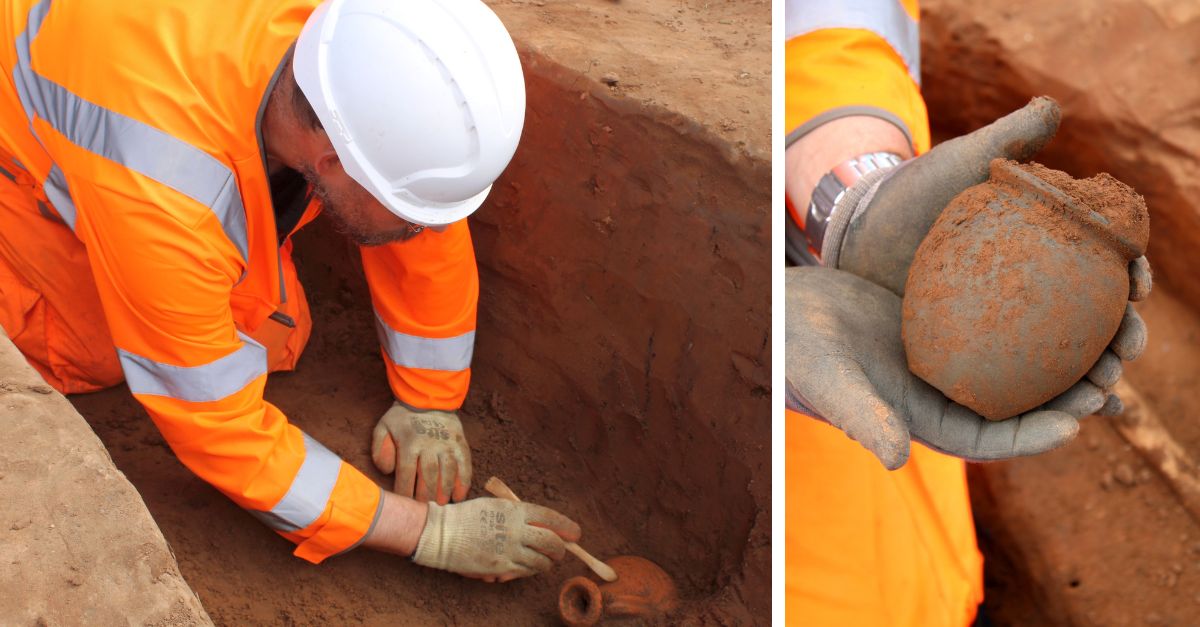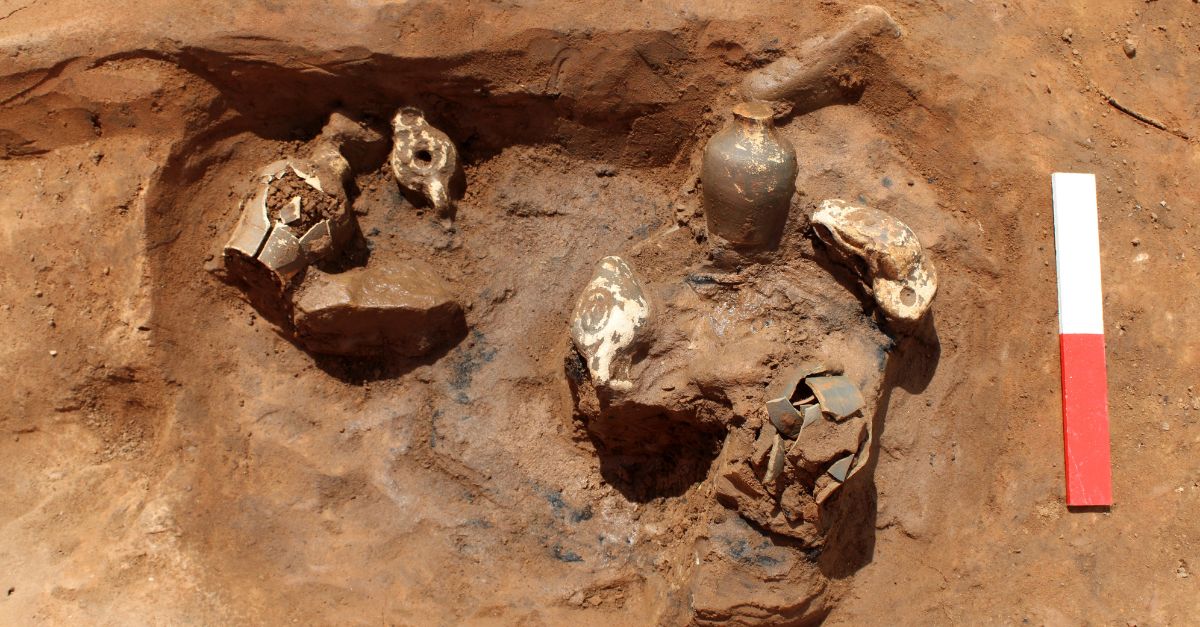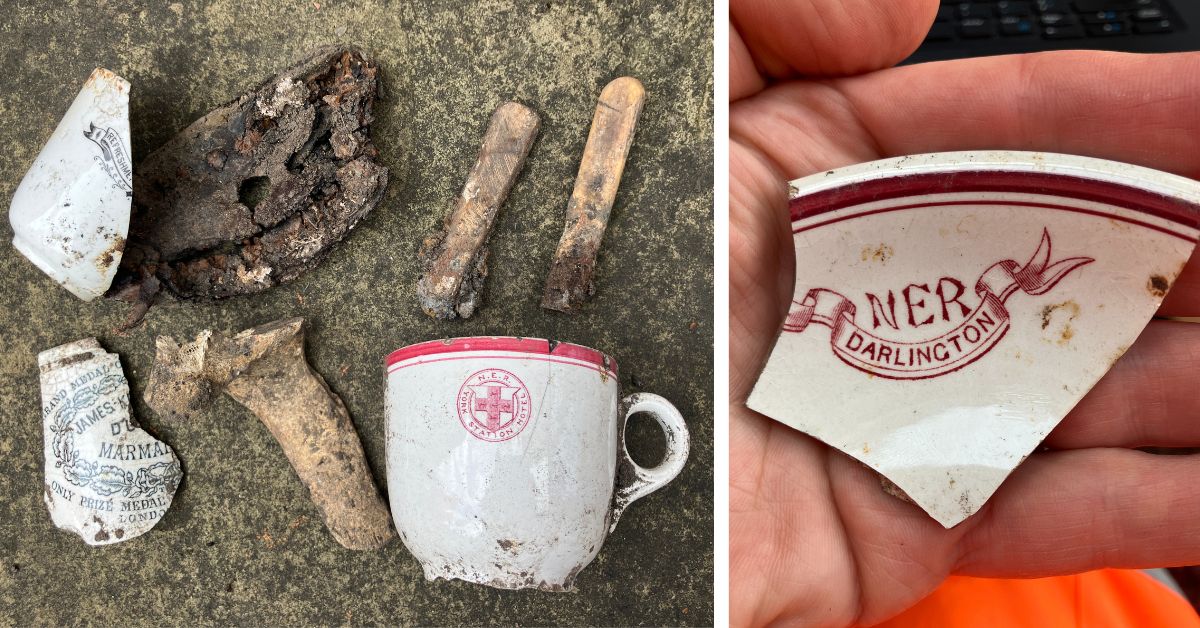
Tetra Tech is preserving archaeological remains at the York Central Site, where over 200 Roman graves and artefacts have been uncovered in one of the largest regeneration projects in the UK.
York is renowned for its rich history, and as one of only five English cities designated as an Area of Archaeological Importance (AAI) it also has a deeply recognised archaeological heritage. But almost two centuries of railways-related landscaping and industry activities on the York Central Site had either removed or masked any of its surviving archaeology, including parts of the York Railway Station Roman Cemetery.
Once complete, the 45-hectare York Central Site, situated behind York Railway Station, is expected to bring an estimated £1.2 billion per year to York’s economy, creating 6,500 jobs, 2,500 new homes, and nearly 93,000sqm of commercial space.
Challenge
It was anticipated that work at the York Central Site, one of the largest brownfield regeneration sites in England, would uncover some existing burials, so Tetra Tech’s Ground Investigation and Archaeology teams were on site, working with Homes England (part of a larger collaborative partnership with Network Rail, City of York Council and the National Railway Museum) to mitigate the impact of infrastructure development on the archaeological remains expected to be found at the York Central Site.
However, when over 200 undisturbed graves complete with personal items including pottery and even a grooming kit were uncovered, our team found themselves part of the largest modern archaeological investigation into the York Railway Station Roman Cemetery, with the responsibility for preventing potential damage to the archaeological remains whilst keeping the project on schedule.
Solution
On appointment, our team quickly reviewed and enhanced the previous investigations undertaken across the site. This allowed them to isolate where archaeological risks had been removed by previous landscaping activities, and most importantly, where risks were still present.
With a comprehensive understanding of the landscape on site, they were able to create a reliable system of assessing the impact of proposed works against the archaeological potential.
This approach significantly reduced monitoring requirement costs but also allowed for an early intervention and rapid response to the archaeological findings. In doing so, our team ensured that there were no delays to the project’s construction schedule, despite there being significant archaeology present.
Post-excavation and site work with Homes England is ongoing, and Tetra Tech is now working with McLaren and Arlington Real Estate, the developers of the next stage of works.
Benefits
- Significant client savings through reduced monitoring costs
- No delays to the project’s construction schedule
- Increased knowledge of Roman Cemetery grounds, past populations and burial practices
- Expanded dataset for the site’s archaeological risks in future development works
- The first modern archaeological investigations of this part of the Roman Cemetery
- Tetra Tech have contributed to an award-winning public engagement strategy



“I have lived in and around York for all my life, and it has been incredible to play a significant part in moving the regeneration project forwards. The Tetra Tech team and I have also been fortunate enough to have had regular opportunities to engage with the wider community as part of the outreach activities.”

Toby Kendall
Lead Consultant, Archaeologist for York Central, Tetra Tech
Connect with us. Reach out to our experts.